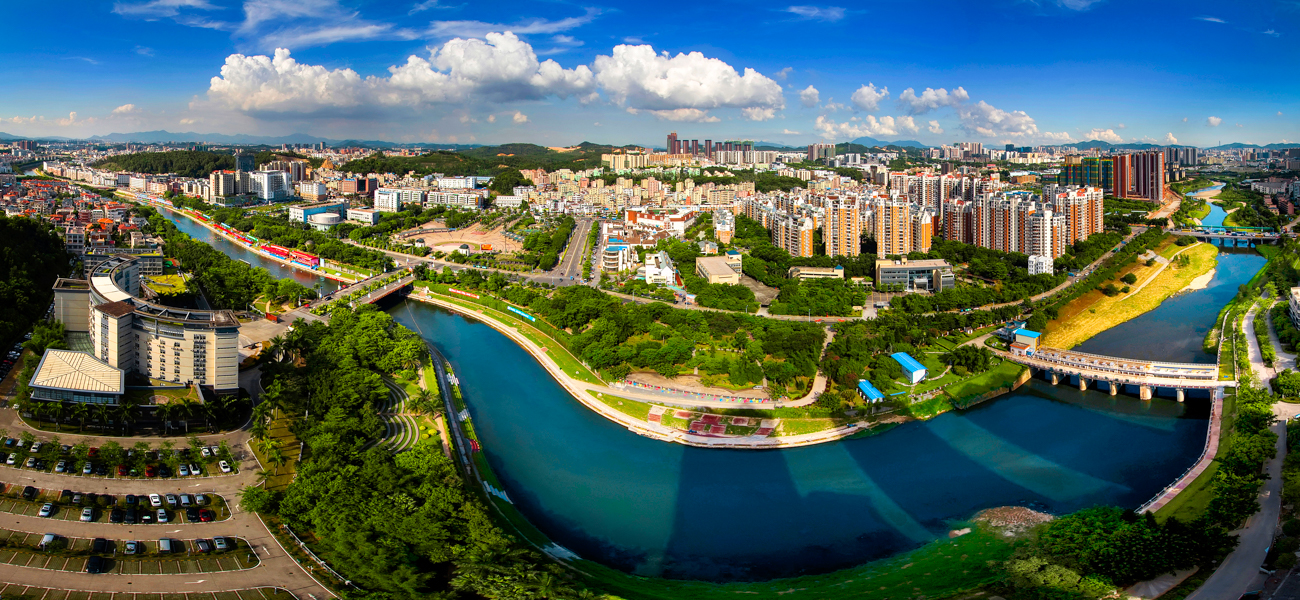Overall Situation
Bureau of Water Resources of Shenzhen Municipality
Shenzhen encompasses 11 water systems consisting of 362 rivers, each with a basin area exceeding 1 km2 and summing to a combined total length of 1,255 km. Seven of these rivers have a basin area of over 100 km2. The city has built 183 reservoirs with a total storage capacity of 973 million m3. The water surface area totals 81.84 km2, accounting for some 4.1% of the gross land area of Shenzhen. To date, 26 water conservation zones have been designated to cover a total area of 361.6 km2, taking up 33% of the areas circled by the basic ecological control line. Out of these zones, first-grade and second-grade classifications occupy 115.91 km2 and 134.49 km2, respectively.
Shenzhen has no large rivers, rather it consists of rain-dependent rivers and streams. Small in environmental capacity, prone to pollution, and weak in self-cleaning ability, these waters are widely contaminated, 159 of which have been included in the national list of black and odorous water bodies.
Water resources: In 2019, Shenzhen saw its per capita access to water resources standing at 154.54 m3, a level equal to 1/13th of the nationwide average. It therefore comes as little surprise it is one of the cities struggling with acute water shortages. The total water supply in Shenzhen amounts to 2,062 million cubic meters, of which 85.40% needs to be diverted from Dongjiang River, a water source outside the city.
Water security: Shenzhen is prone to typhoons and rainstorms, with annual rainfall distributed unevenly; up to 86% of precipitation is concentrated from April to September every year. Brief, heavy rainfalls and extreme rainstorms take place frequently. The multi-year average precipitation reaches 1,935.8 mm and the annual average rainfall days number 144.
